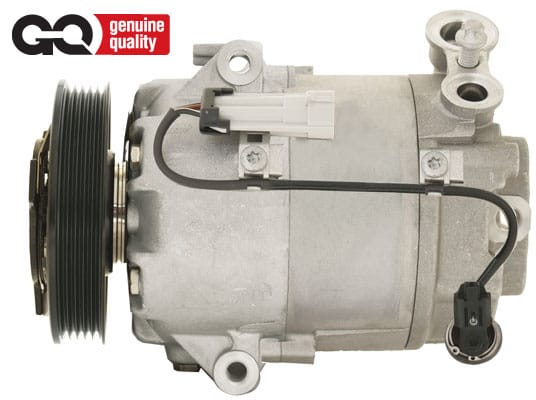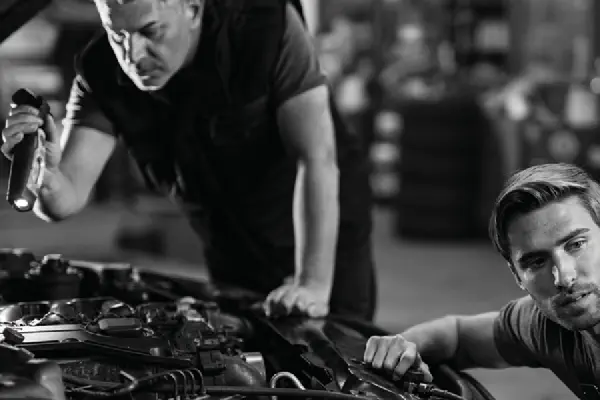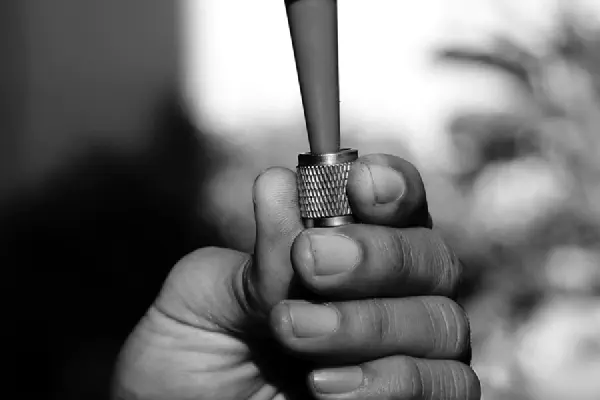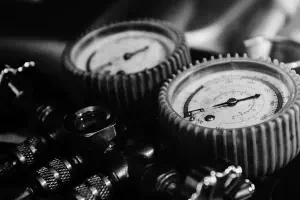New Compressors rarely fail due to manufacturing faults. When a new compressor is fitted it pays to pose the question, why did the original fail? Some potential causes that should be addressed are:
1. Lack of Lubrication
- Insufficient Refrigerant to carry oil and cool compressor on return from the Evaporator.
- Loss of Compressor oil due to Refrigerant leaks
- Lack of Circulation, blocked or faulty TX Valve
- Incorrect oil used
- Flush left in system after previous replacement
2. Contamination
- Regular Servicing with fresh refrigerant and sufficient time under vacuum to remove moisture that will contaminate the oil, rust internal components and block the TX valve. All leading to premature compressor failure.
3. High Head Pressure caused by
- Poor Condensing due to too much oil in the system, Debris blocking air flow, faulty electric fans, faulty Viscous Hub, Accessories (lights, insect screens etc.) blocking air flow, inadequate sized condenser.
- Damaged Alloy Lines
- Internally delaminated Hoses
- Blocked Receiver Dryer
- A Blocked TX Valve will cause initial high pressures until Refrigerant is pumped into the High side of the system and the Low side is pulled into a vacuum then pressures will drop when the compressor has no refrigerant to pump
- Blocked Condenser from previous Compressor Failure, Multi-pass condensers cannot be flushed and must be replaced along with the Dryer and TX if contaminated from previous compressor failure.
4. Hub Failure on Direct Drive Compressors
- Incorrect handling
- Incorrect Run In
- Faulty Alternator Clutch Pulley
- Faulty Dual Mass Flywheel
- Faulty Idler

A09-9631GQ
Compressor Suits Holden AH Astra Direct Drive 1.8, 2.0L
Note the lack of wiring to the front Hub and Electronically controlled valve to change stroke at the rear.





